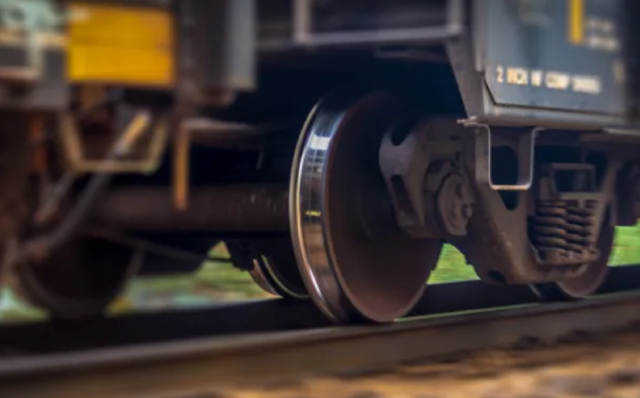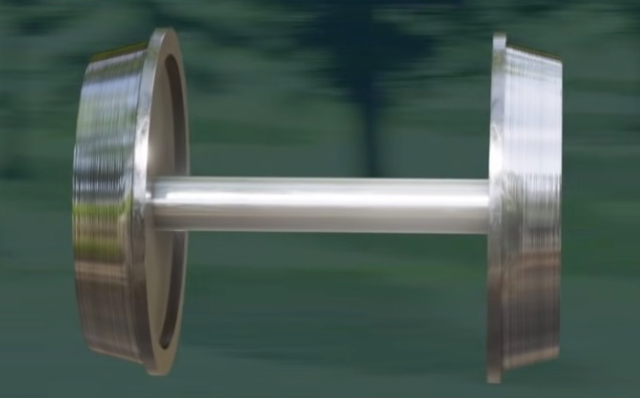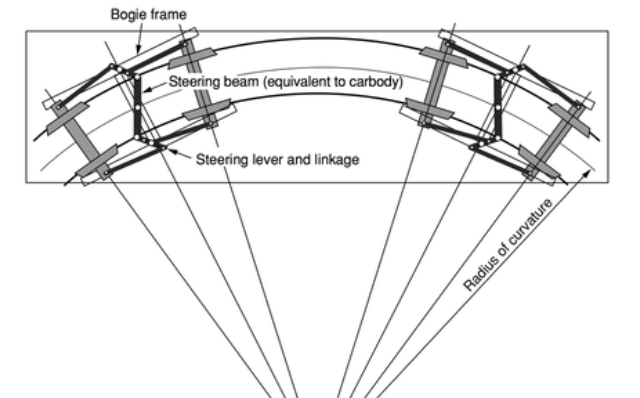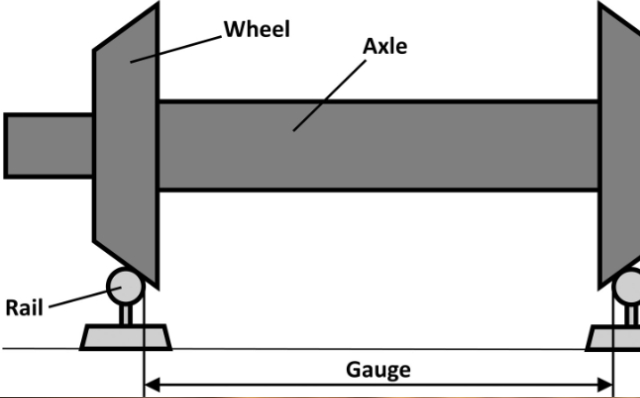Train wheels are an essential part of locomotives, as they are responsible for maintaining the smooth running of trains on tracks. They come in various shapes and sizes, but the most common ones are conical-shaped and made of a single piece of metal. In this article, we will explain why train wheels are made of a single piece of metal and why they are conical-shaped.
Single-Piece Train Wheels
Train wheels are made of a single piece of metal for several reasons. One of the main reasons is durability. A single piece of metal can withstand the wear and tear of constant use better than wheels made from multiple pieces. Additionally, wheels made from multiple pieces are more prone to coming apart, which can lead to accidents and derailments.

Another reason for the use of single-piece train wheels is ease of maintenance. When a train wheel needs repair or replacement, it is much easier to replace a single piece of metal than to try to repair or replace multiple pieces. This reduces the downtime of locomotives, which is critical for transportation companies.
Conical-Shaped Train Wheels
The conical shape of train wheels is another essential feature that helps ensure the smooth running of trains. Train wheels are wider at the top than at the bottom, which creates a tapered shape that allows for easier turning and reduces friction between the wheel and the track.

When a train goes around a curve, the outer wheel has to travel a greater distance than the inner wheel. The conical shape of train wheels compensates for this difference, ensuring that both wheels travel the same distance. This helps prevent derailments and ensures that the train stays on the tracks.

Additionally, the conical shape of train wheels helps reduce noise and vibration. When a train runs on straight tracks, the conical shape reduces the contact area between the wheel and the track, resulting in less noise and vibration.

Conclusion
In conclusion, the use of single-piece train wheels and conical-shaped train wheels is essential for the safe and smooth operation of locomotives. Single-piece wheels provide increased durability and ease of maintenance, while conical-shaped wheels allow for easier turning, reduced friction, and less noise and vibration.
Inventions That Changed the World
FAQs
Are all train wheels conical-shaped?
While the majority of train wheels are conical-shaped, there are also some types of train wheels that have a cylindrical shape. However, conical-shaped wheels are more common because they provide better performance when traveling around curves.
What materials are train wheels made of?
Train wheels are typically made of steel, although some newer models may use other materials such as composites or alloys. The use of steel ensures that the wheels can withstand the heavy loads and constant wear and tear of train travel.
How often do train wheels need to be replaced?
The lifespan of train wheels varies depending on several factors, including the frequency of use, the weight of the trains, and the condition of the tracks. In general, train wheels can last anywhere from several years to over a decade before needing to be replaced.
What happens if a train wheel breaks or comes apart?
If a train wheel breaks or comes apart while the train is in motion, it can cause a derailment or other serious accidents. This is why the use of single-piece train wheels is preferred, as they are less likely to come apart than wheels made from multiple pieces.
Can train wheels be recycled?
Yes, train wheels can be recycled. The steel used to make train wheels is a valuable resource that can be melted down and used to create new products. Recycling train wheels helps reduce waste and conserve natural resources.
Why are train wheels made from a single piece of metal?
Train wheels are typically made from a single piece of metal to provide strength and durability. This design also makes the wheels less likely to come apart, which reduces the risk of derailment or accidents. Additionally, using a single-piece design makes the wheels easier to maintain and repair, as there are no seams or joints to worry about.
How do conical-shaped train wheels improve performance?
Conical-shaped train wheels have a slightly tapered design, with the outer edge of the wheel being slightly larger in diameter than the inner edge. This design helps the wheels stay on the rails when the train is traveling around curves, as the larger outer edge of the wheel ensures that the entire wheel maintains contact with the rail. This helps prevent derailments and improves overall performance.
What is the role of flanges on train wheels?
Train wheels have a small lip or flange on the inner edge of the wheel that helps keep the wheel on the track. The flange provides an additional point of contact between the wheel and the rail, helping to prevent derailments or other accidents. However, modern trains are often designed with wheels that have reduced or no flanges, as newer track designs and technology have made flanges less necessary.
How are train wheels inspected and maintained?
Train wheels are inspected and maintained regularly to ensure they are in good condition and functioning properly. This typically involves visual inspections, as well as using ultrasonic equipment to detect any cracks or defects in the wheels. If any issues are identified, the wheels may need to be repaired or replaced to ensure safe operation.
Can different types of train wheels be used on the same train?
In general, it is not recommended to mix different types of train wheels on the same train. This is because different types of wheels may have different performance characteristics, which can affect the overall operation and safety of the train. Instead, trains are typically designed with wheels that are specifically matched to the type of track and other operating conditions.
The Future is Now: Exciting Automotive Developments from CES 2023

